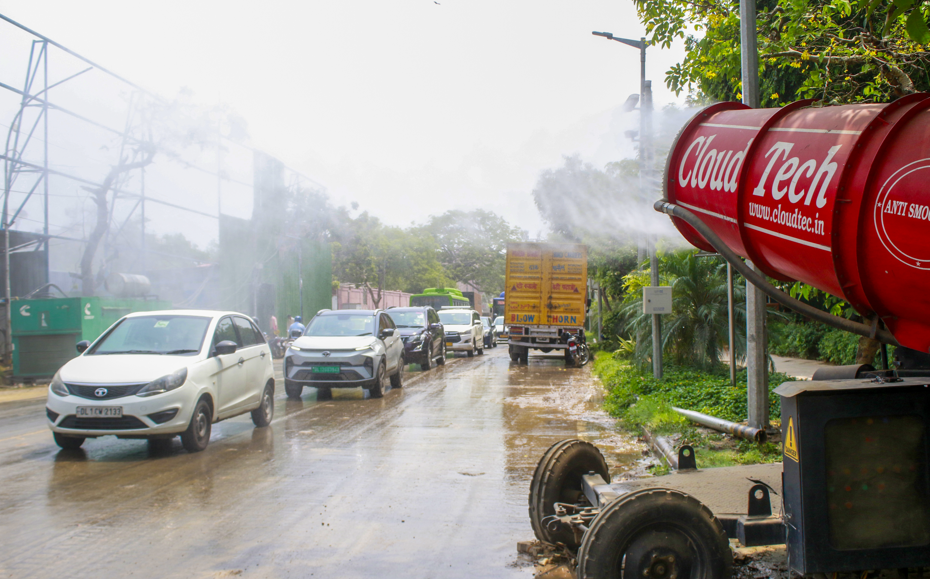Invisible microbes may be lurking in Delhi’s polluted air, silently increasing health risks for millions of residents. A new study by scientists from the Bose Institute, an autonomous institute under the Department of Science and Technology (DST), has revealed that airborne pathogenic bacteria – responsible for respiratory, gastrointestinal, oral, and skin infections—are twice as abundant in densely populated parts of Delhi compared to less crowded regions.
The research, published in the international journal ‘Atmospheric Environment: X’, shows that these pathogens use PM2.5 particles – tiny dust specks small enough to penetrate deep into the lungs – as carriers to travel through the air. This allows bacteria to “hitchhike” across the city, raising the risk of infections.
Delhi, situated in the Indo-Gangetic Plain (IGP) – one of the most polluted and densely populated regions in the world—faces unique challenges due to its geography and weather. During winters, western disturbances lower temperatures and increase humidity, leading to stagnant winds and a shallow boundary layer. These conditions trap pollutants and create an ideal environment for microbes to thrive.
Lead researcher Dr. Sanat Kumar Das and his team found that the transition from winter to summer, particularly during hazy days or winter rains, creates “high-risk windows” when airborne diseases are more likely to spread. During these periods, the combination of pollution and meteorological conditions allows pathogens to persist in the air for longer durations.
The findings highlight a critical but often overlooked dimension of air pollution – its role in carrying disease-causing microbes. With millions of people already exposed to hazardous air quality in Delhi, this microbial load may further compound health risks.
Scientists warn that understanding how weather, air pollution, and population density shape airborne bacterial communities could be key to predicting outbreaks, strengthening urban health planning, and designing safer cities.
Researchers say that the study should serve as a wake-up call for megacities like Delhi, where environmental challenges intersect with public health in increasingly complex ways.














